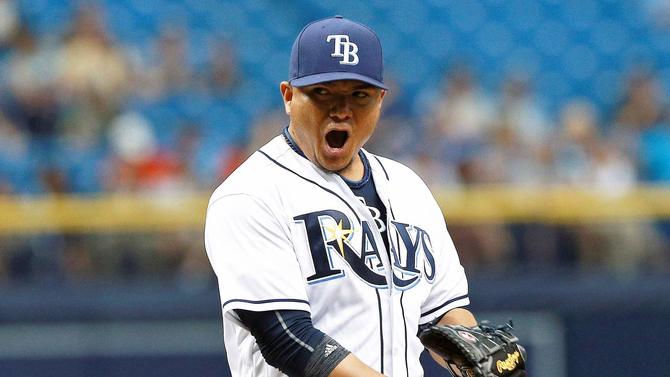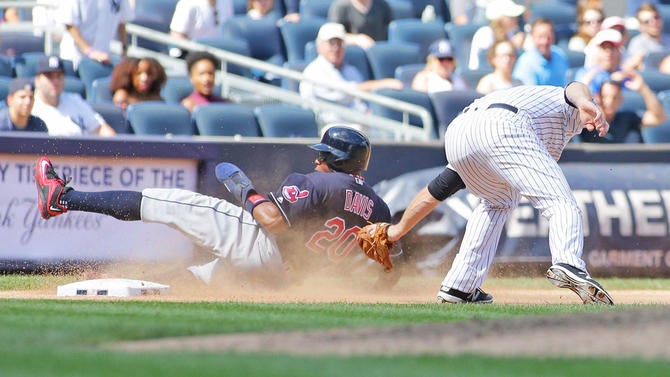Supposing the murmurs about the ongoing Collective Bargaining Agreement negotiations are true, then a 26-man roster could be coming to baseball next season.
As jarring as that sounds -- the number 25 is almost as significant and timeless in baseball as the numbers three, nine, and 27 -- the addition of another active-roster player would present teams with an interesting tactical decision.
Just how might teams elect to use this extra space? Let's rank the most likely outcomes.

1. Another reliever for the bullpen
If we know one thing about managers, it's that they're a risk-averse bunch. You give them an open roster spot, they'll probably take a pitcher who'll seldom be used, but whose presence serves as insurance in case a low-probability event occurs. We're talking about that longman to pitch the 18th inning onward, or that third left-handed specialist who faces a batter per series. Sounds like a waste? It is for the most part. But many teams are already using 13-man pitching staffs, and others are sure to follow suit with the 26th man in play.
2. A third catcher
Speaking of insurance against low-probability events, have you met the third catcher? Yes, the Chicago Cubs just won the World Series while carrying three backstops for most of the year -- even when the third man was Tim Federowicz. Yes, the argument in favor of is that managers can then pinch-hit or -run for their starting catcher. But you can do that with 25 players -- you just run the unlikely risk that your backup catcher is forced to leave the game. How often does that happen? Almost never. Still, managers are a risk-averse bunch -- you might've heard -- and that means some teams will use the spot on a third catcher.
3. A spot/sixth starter
Here's where things get interesting. Peter Gammons floated the idea that teams could use the additional spot to house a spot-starter type -- someone who can slot into the rotation here and there. You've undoubtedly read pieces arguing for platooning starting pitchers based on matchups, and while that'll remain a logistical nightmare, it's at least more fathomable with the 26th spot available. Of course, teams could just revert to no. 1 -- a boring longman type -- because it's hard enough to find five worthy starters, let alone six.

4. A designated pinch-runner
Low-usage is the theme throughout this piece. But the difference between another left-handed reliever and a designated cheetah is obvious: the latter adds rather than subtracts from the game's entertainment level. Terrance Gore and other one-tool burners are the odd birds who see their team-making likelihood increase along with the game's significance -- you're more likely to see a limited speedster crack the roster for a World Series game than a game in June. The reasons for that are obvious, but any given game would have the potential for more excitement if there were a consistent spot for Gore and his ilk on the bench.
5. A platoon bat
Finally, there's this. You can only platoon so many spots, yet teams could theoretically pair off seven positions with 14 hitters available. That's probably taking it too far, but some platoon-conscious teams would carry an extra righty on their bench as a way to deter left-handed specialists from appearing late in games.






















